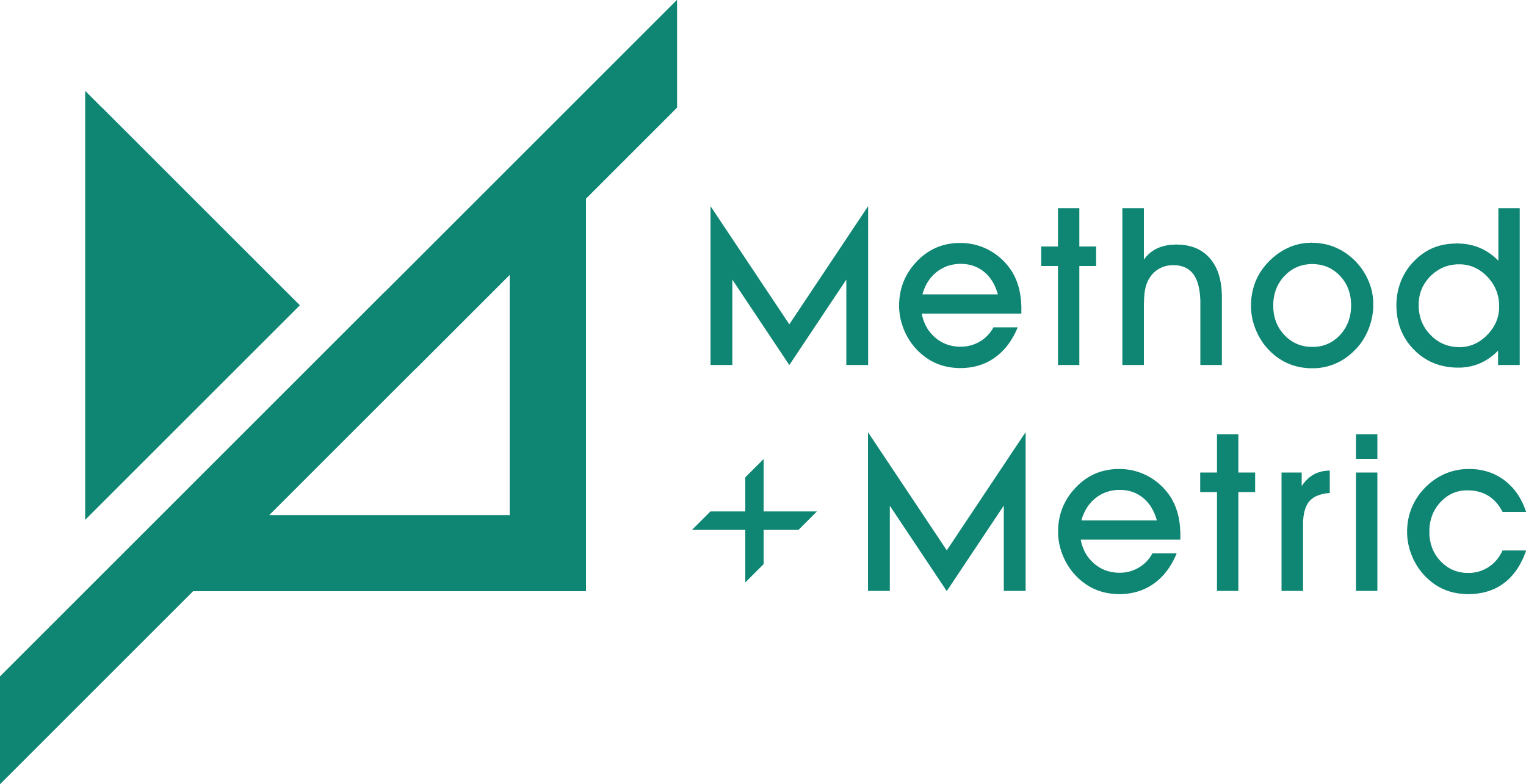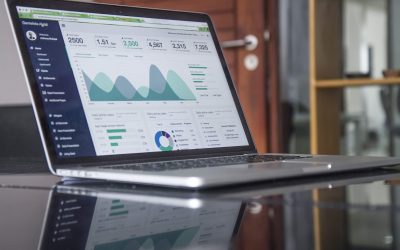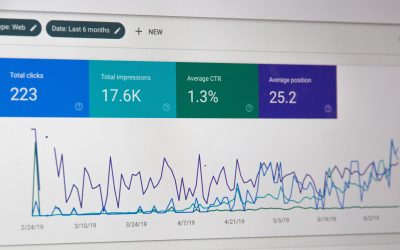If you’ve been analyzing your data and have noticed recent drops in your click-through rate, you’re probably wondering why. Click-through rate is an important metric when measuring the success of your call to action button, or online campaign.
Firstly, what is a click-through rate? If you’re into digital marketing or SEO at all, you’ve probably heard this term many times. CTR or click-through rate is a number that is measuring important analytics on your website or page.
If you’re new here, it’s important to know what click-through rate is, how it is used and whether or not it matters in measuring SEO.
What exactly is click-through rate?
Click-through rate is the percentage of how many people have clicked on your link, call-to-action button, or an online ad.
It is an important figure in identifying whether or not your funnels and campaigns are hitting your targets and engaging your audience enough to have them click through to your next page.
If you’ve added a “click here” or call to action button or you’ve paid for an advertisement to run, you will want to see the results of how many people followed through to your next page. Your click-through rate will tell you exactly how many people clicked on that button or how effective an advertisement is enticing people to click.
Here is a simple click-through rate formula =
CTR = (click-throughs / impressions) x 100
For example: if 100 people see an online ad and 5 people click on it then your click-through rate is 5%.
So Why is CTR Relevant?
CTR is relevant because it helps you understand whether or not your campaigns are successful. This number will tell you how to affect your ad or link is in persuading people to click on it.
Say you send out a monthly newsletter with a link back to your website or a link out to your e-commerce shop, you will want to know how effective those buttons and calls-to-action are and how many people have clicked through!
Your click-through rate will be able to identify how many people have engaged with your design.
This will give you a good insight into whether or not your language, position, and design are working, or whether adjustments are necessary into attaining a higher click-through rate.
If you have a low click-through rate you may not be targeting your audience correctly. A low CTR rate may indicate that you are targeting the wrong audience or that your ad wording, imaging, colour selection, or overall story isn’t conveying your message well enough to attain more click-throughs.
What is Considered a Good CTR?
CTR varies depending on the industry. According to this WordStream article, the average CTR on Google Ads is 1.91% for search and 0.35% for display. So a good click-through rate on Google ads is 4-5% on the search network or 0.5-1% on the display network.
This handy CTR calculator will help you determine whether your click-through rate is average to your industry. You can start by researching your industry’s average click-through rate and this could also give you a benchmark or goal to be hitting in your industry.
4 Ways To Improve Your Ads for a Better CTR
Today:
Collecting data is great, even if you are not hitting the results you are currently looking for, the data will give you a baseline for where you want to be.
You can then start rebuilding your campaign to better suit your target audience.
Here are some effective ways to improve your marketing campaigns to ensure you are speaking your audience’s language.
1. Use Audience Targeting Where You Can
Target audience is a built-in feature that allows you to narrow down your audience by demographic, interests, income, professional and more. Narrowing this down will depend on the customer profiles of your business and will have you answering important profiling questions like “how much income does my ideal customer make?” and “what kind of things are they interested in?”.
If you aren’t narrowing down your target audiences you are targeting too many people. The more people you reach isn’t necessarily better if those people aren’t converting.
Reaching 100 people a month with 50 of them converting is better than reaching 10,000 a month with zero conversions.
If more sales is your goal, start focusing on people that are more likely to buy.
2. Optimize Your Page or Ad Design
Re-imaging your ad design, copy, colours, and images can better coherently bring clarity and life to your ads.
Images are a great way to engage an audience and using images that are on-brand to your business is a great way to increase CTA. A great way to test out which images perform best is to conduct A/B testing.
This is a method of pushing out the same ad using two different images to see which ad performs better. This is a great way to narrow down your audience’s languages and what really engages them.
You will also want to consider font readability and colour that is on-brand with your product. Font readability is important to ensure that your message is being delivered loud and clear, literally.
3. Select the Right Size for Your Ad
According to Google, the most effective sizes are the 336x280px large rectangle, the 300x250px medium rectangle, the 728x90px leaderboard, the 300x600px half page, and the 320x100px large mobile banner. Only implement these to start and get started on the right foot.
4. Don’t Be Vague
Like in real life, it is always best to be direct and clear. Wording online can become diluted or too general, often becoming watered down in the search engines and not speaking directly to your audience. Be very specific about what you are offering, filtering out wide general statements about your service or product.
If a client is looking for an eco-friendly “spring cleaning” service or a “ last-minute deep cleaning service” ensure that you are targeting those specific keywords to avoid vague sounding ads. Step 2 of this is to ensure that the page that your call to action links out to is exactly what your link says it is. This will help with conversion rates.
Overall CTR is a very important metric that is also hard to measure. Depending on the type of ad, link, or call-to-action, timing, industry, and audience, there are so many variables that will determine the effectiveness of your campaign or link.
That being said, you can still control some of these things to ensure that you are dialing into your audience, creating content that is speaking to them directly, and avoiding being vague with your messaging.
By implementing these methods into your content, you can increase your clicks and conversions!
A huge part of SEO conversions in page-speed loading times! Check out our free tool today!
Have more questions about SEO? Get in touch or reach out to us on Twitter.
We’re always happy to help!




